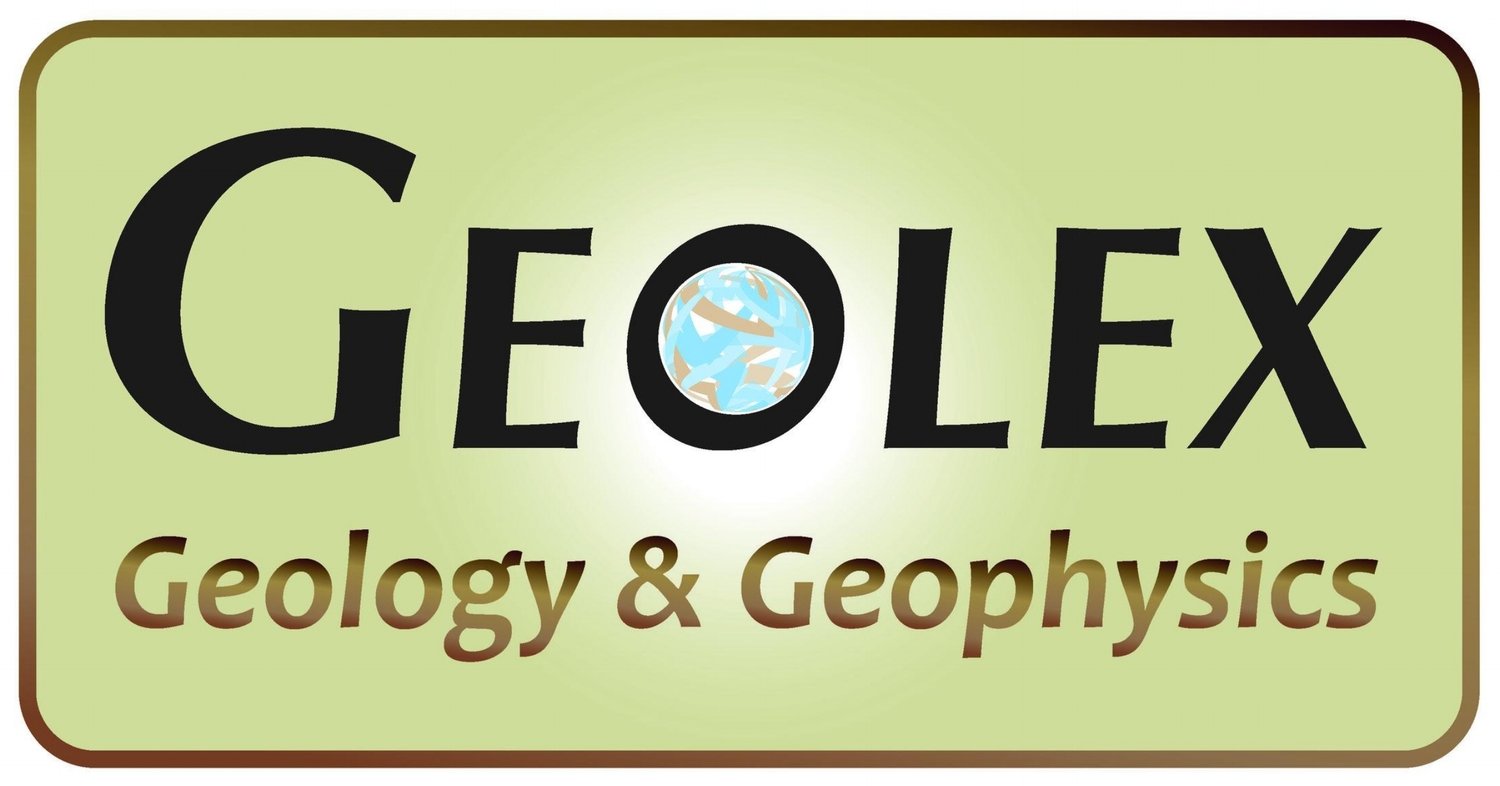Joe creates seismic waves with a 12-lb sledgehammer, while Mike monitors data.
Seismic streamer of 96 geophones to record refracted energy waves from subsurface strata.
Seismic Surveying - Rippability and Ground Velocity Modeling - Depth to bedrock
Seismic surveying has a large number of applications. Simple seismic surveys can yield quick and accurate results that give useful information about composition and structure of the subsurface. Primary wave velocities are used to determine depth to bedrock and density characteristics of the subsurface.
Scott monitors the seismic response from the accelerated weight drop during a sapphire exploration project at El Dorado Bar, MT.
A seismic survey consists of generating a seismic signal in the ground and then receiving that signal with multiple geophones. Since seismic waves travel through different materials at different speeds, subsurface information can be derived. Small scale refraction surveys are useful for road cuts, excavations, and depth-to-bedrock exploration. Seismic wave velocities also determine rippability, a measure of the difficulty of which soil and rock can be mechanically excavated using conventional heavy equipment versus explosives.
Cross-section of subsurface showing primary (compression) velocities.
